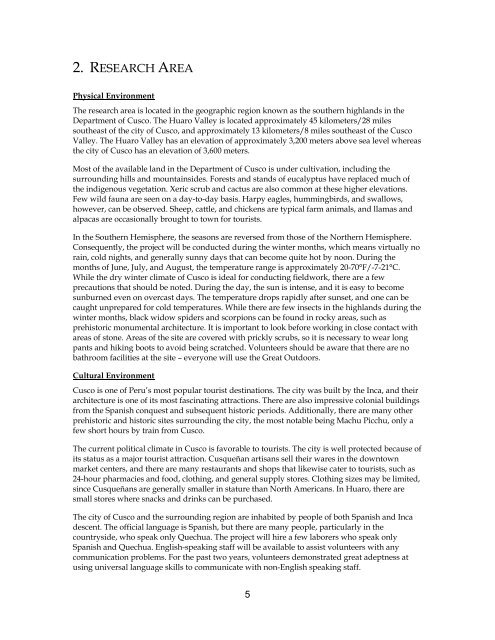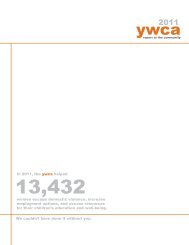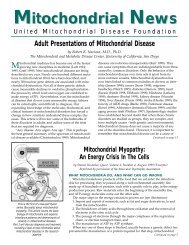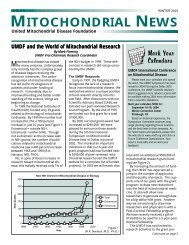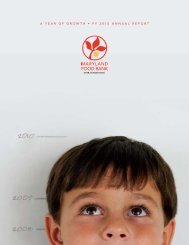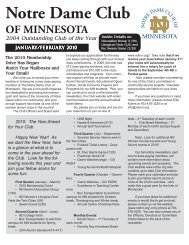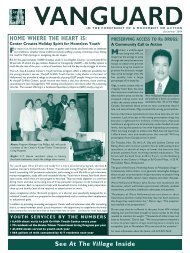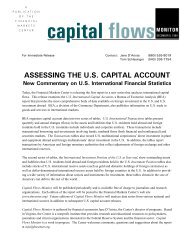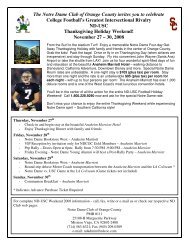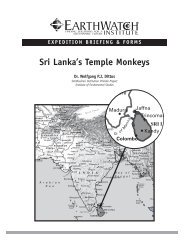Archaeology of Peru's Wari Empire
Archaeology of Peru's Wari Empire
Archaeology of Peru's Wari Empire
You also want an ePaper? Increase the reach of your titles
YUMPU automatically turns print PDFs into web optimized ePapers that Google loves.
2. RESEARCH AREA<br />
Physical Environment<br />
The research area is located in the geographic region known as the southern highlands in the<br />
Department <strong>of</strong> Cusco. The Huaro Valley is located approximately 45 kilometers/28 miles<br />
southeast <strong>of</strong> the city <strong>of</strong> Cusco, and approximately 13 kilometers/8 miles southeast <strong>of</strong> the Cusco<br />
Valley. The Huaro Valley has an elevation <strong>of</strong> approximately 3,200 meters above sea level whereas<br />
the city <strong>of</strong> Cusco has an elevation <strong>of</strong> 3,600 meters.<br />
Most <strong>of</strong> the available land in the Department <strong>of</strong> Cusco is under cultivation, including the<br />
surrounding hills and mountainsides. Forests and stands <strong>of</strong> eucalyptus have replaced much <strong>of</strong><br />
the indigenous vegetation. Xeric scrub and cactus are also common at these higher elevations.<br />
Few wild fauna are seen on a day-to-day basis. Harpy eagles, hummingbirds, and swallows,<br />
however, can be observed. Sheep, cattle, and chickens are typical farm animals, and llamas and<br />
alpacas are occasionally brought to town for tourists.<br />
In the Southern Hemisphere, the seasons are reversed from those <strong>of</strong> the Northern Hemisphere.<br />
Consequently, the project will be conducted during the winter months, which means virtually no<br />
rain, cold nights, and generally sunny days that can become quite hot by noon. During the<br />
months <strong>of</strong> June, July, and August, the temperature range is approximately 20-70°F/-7-21°C.<br />
While the dry winter climate <strong>of</strong> Cusco is ideal for conducting fieldwork, there are a few<br />
precautions that should be noted. During the day, the sun is intense, and it is easy to become<br />
sunburned even on overcast days. The temperature drops rapidly after sunset, and one can be<br />
caught unprepared for cold temperatures. While there are few insects in the highlands during the<br />
winter months, black widow spiders and scorpions can be found in rocky areas, such as<br />
prehistoric monumental architecture. It is important to look before working in close contact with<br />
areas <strong>of</strong> stone. Areas <strong>of</strong> the site are covered with prickly scrubs, so it is necessary to wear long<br />
pants and hiking boots to avoid being scratched. Volunteers should be aware that there are no<br />
bathroom facilities at the site – everyone will use the Great Outdoors.<br />
Cultural Environment<br />
Cusco is one <strong>of</strong> Peru’s most popular tourist destinations. The city was built by the Inca, and their<br />
architecture is one <strong>of</strong> its most fascinating attractions. There are also impressive colonial buildings<br />
from the Spanish conquest and subsequent historic periods. Additionally, there are many other<br />
prehistoric and historic sites surrounding the city, the most notable being Machu Picchu, only a<br />
few short hours by train from Cusco.<br />
The current political climate in Cusco is favorable to tourists. The city is well protected because <strong>of</strong><br />
its status as a major tourist attraction. Cusqueñan artisans sell their wares in the downtown<br />
market centers, and there are many restaurants and shops that likewise cater to tourists, such as<br />
24-hour pharmacies and food, clothing, and general supply stores. Clothing sizes may be limited,<br />
since Cusqueñans are generally smaller in stature than North Americans. In Huaro, there are<br />
small stores where snacks and drinks can be purchased.<br />
The city <strong>of</strong> Cusco and the surrounding region are inhabited by people <strong>of</strong> both Spanish and Inca<br />
descent. The <strong>of</strong>ficial language is Spanish, but there are many people, particularly in the<br />
countryside, who speak only Quechua. The project will hire a few laborers who speak only<br />
Spanish and Quechua. English-speaking staff will be available to assist volunteers with any<br />
communication problems. For the past two years, volunteers demonstrated great adeptness at<br />
using universal language skills to communicate with non-English speaking staff.<br />
5


